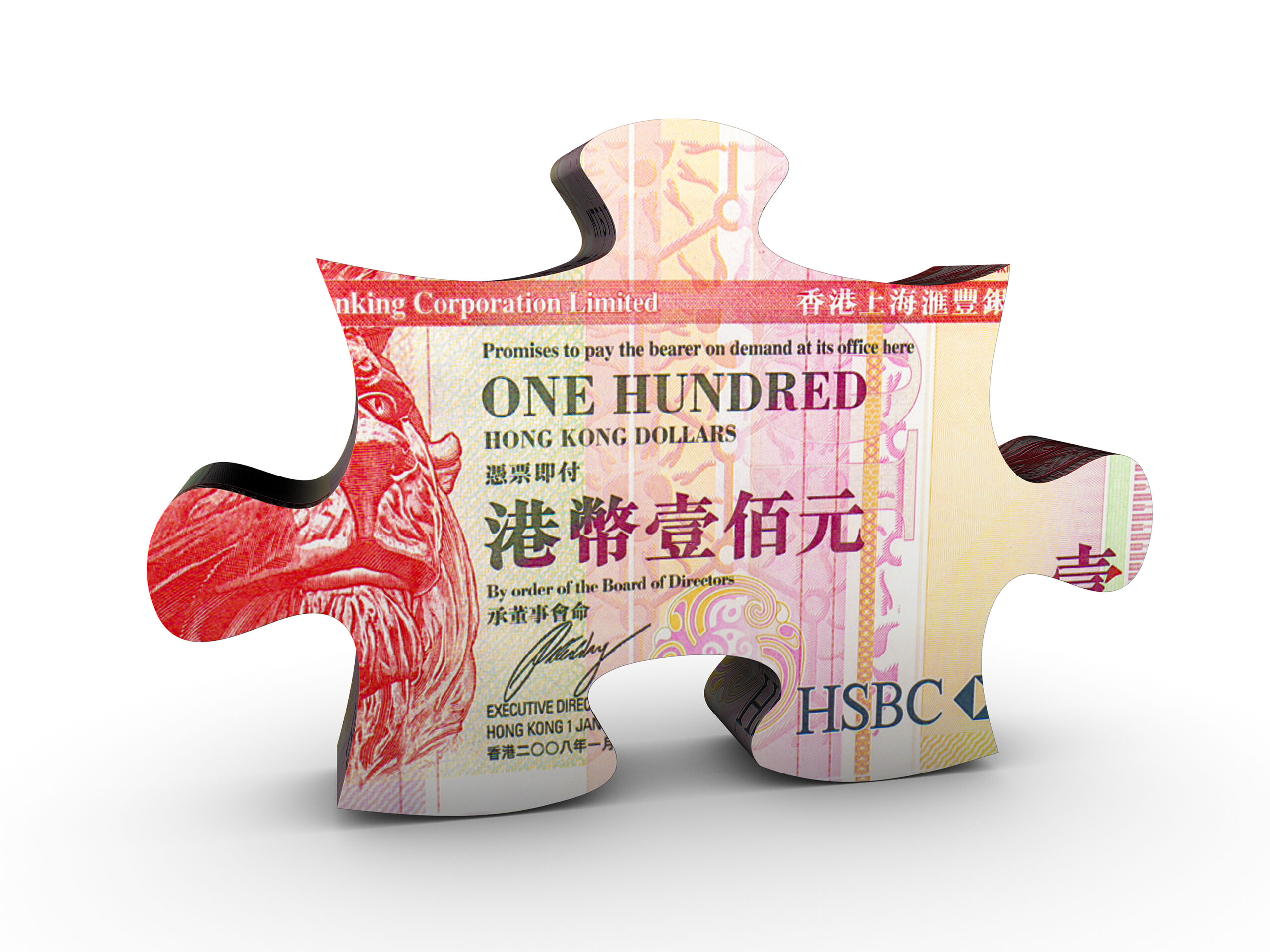China’s Ministry of Commerce has announced that, effective December 1, export permits will be mandated for specific graphite products, citing national security reasons. Graphite, a pivotal component for electric vehicle (EV) batteries, finds China at its epicenter, producing 67% of the global supply of natural graphite. Additionally, China refines over 90% of the world’s graphite, which is integral to almost all EV battery anodes.
This decision unfolds in a backdrop of escalating tensions and increasing scrutiny from foreign nations. The European Union is considering tariffs on EVs originating from China, attributing unfair advantages due to state-backed subsidies. Concurrently, the U.S. has broadened its restrictions on Chinese firms accessing semiconductors and has prohibited the sale of advanced AI chips by Nvidia to Chinese companies.
The new regulatory framework targets two primary graphite types for export permits: high-purity synthetic graphite and natural flake graphite. This is reminiscent of earlier controls over “highly sensitive” graphite products, which are now integrated into the updated regulations. Analogous constraints were previously placed on semiconductor metals, gallium and germanium, which witnessed a marked reduction in exports from China.
Even though the U.S. and Europe are venturing into the graphite domain to counteract China’s monopoly, experts forecast a formidable path ahead. The central graphite importers from China currently include Japan, India, and South Korea.
These developments occur as the EV market is on an upward trajectory, with sales surging past 10 million units the previous year and predictions hovering around 14 million for the current year. This booming sector has amplified the demand for graphite, with the global market for battery use expanding by 250% since 2018. China’s contribution was a colossal 65% of the total production in the past year.
The growing EV market accentuates the criticality of raw materials like graphite. As China further consolidates its hold on the graphite industry, potential ramifications for the global EV landscape are imminent.
Right after writing this summary, I was able to reach Jack Lifton, Co-Chairman of the Critical Minerals Institute, to delve deeper into the repercussions and intricacies of these developments.
Lifton’s perspective on China’s recent announcements was direct: “This isn’t fundamentally about national security. It’s a manifestation of China’s discontent with the West’s ongoing rhetoric of reducing dependence and risks associated with their supply chain.” Lifton highlighted China’s pivotal role in graphite anode processing, suggesting that the dream of a rapid shift to EVs in the West could remain elusive without China’s involvement.
Addressing the challenges to China’s manufacturing supremacy, Lifton commented, “For years, the West prioritized cost-cutting, and China emerged as the answer. Today, the tables have turned, and the West is waking up to the consequences of its over-reliance on Chinese supply chains.”
On the topic of recent restrictions, Lifton opined, “China is fortifying its position in the critical minerals sector. The reality is that with China’s stronghold, the anticipated rapid transition of the West to EVs is looking increasingly optimistic.”
When quizzed about what minerals might be next in line, Lifton’s prediction was clear: “Post rare earths and graphite, my money would be on lithium or cobalt. The West’s ambitions for the EV transition are simply too vast for its current resources without China’s involvement.”




Leave a Reply